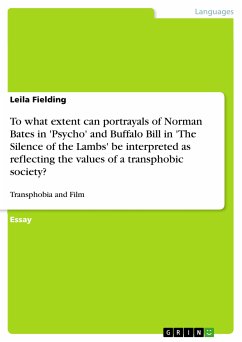Essay from the year 2009 in the subject Didactics - English - Applied Geography, grade: 80%, University of New South Wales, Sydney (School of History and Philosophy), course: Introduction to Americas Studies, language: English, abstract: In her book on American culture in the 1920s, Lynn Dumenil mentions that a key image of the period was leading “a fast life, propelled by riches and rapidly changing social values” (Dumenil 1995: 7). This is not entirely true. In fact, the 1920s, also known as the “Jazz Age” were a decade of contradiction: there was progress and prosperity on the one hand and depression and isolation on the other. The women’s suffrage and the Prohibition Act both passed in 1919 are somehow a characteristic introduction to the following ten years of contradiction in American history. One of the decade’s best known writers, F. Scott Fitzgerald, born on 24 September 1896 in St. Paul, Minnesota, celebrated his breakthrough after the release of his first novel This Side of Paradise in 1920 (Bruccoli 1981:13). His success literally came overnight and from then on his life changed completely (Allen 1931:90). Even though he was part of the fun generation which was so typical of the 1920s, he also embodied the characteristics of a moralist (Boyer 2009: 546). Fitzgerald’s life had been coined by ups and downs and by the end of the 1920s he caused his own downfall. Considering historical as well as biographical background information, this essay will provide an answer to the following question: To what extent did the novels and the lifestyle of F. Scott Fitzgerald reflect or define the Jazz Age?








